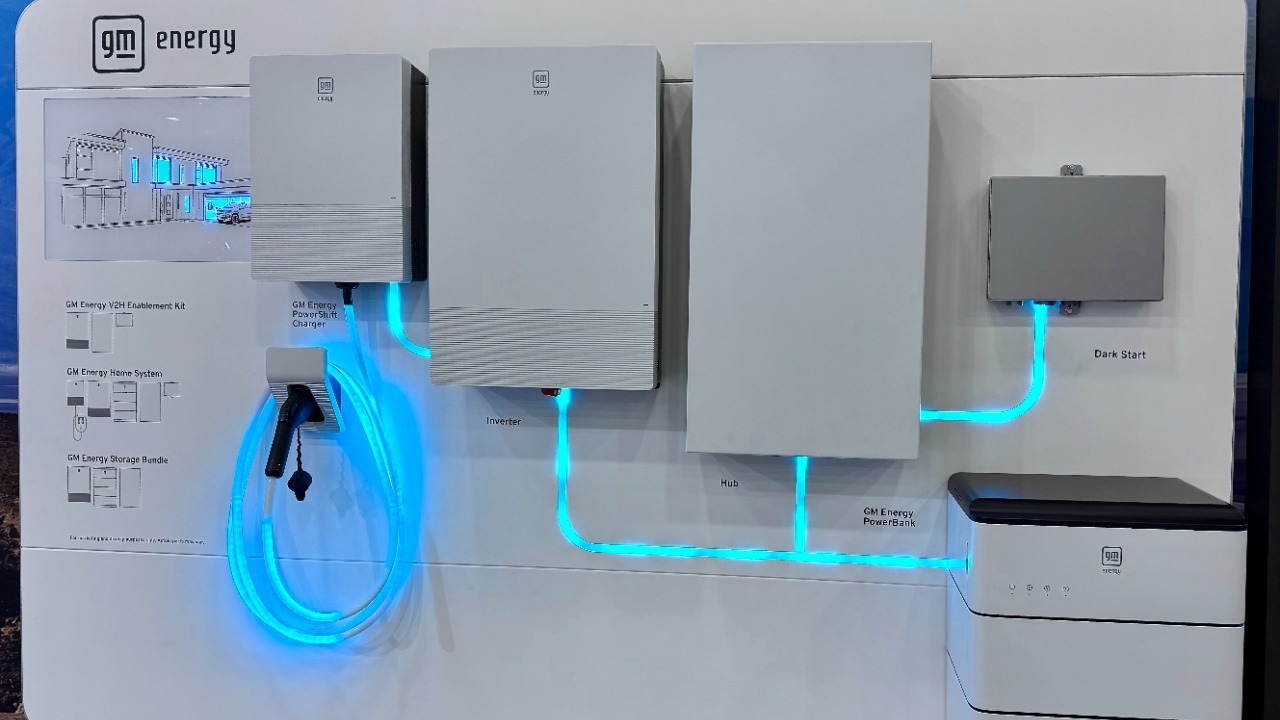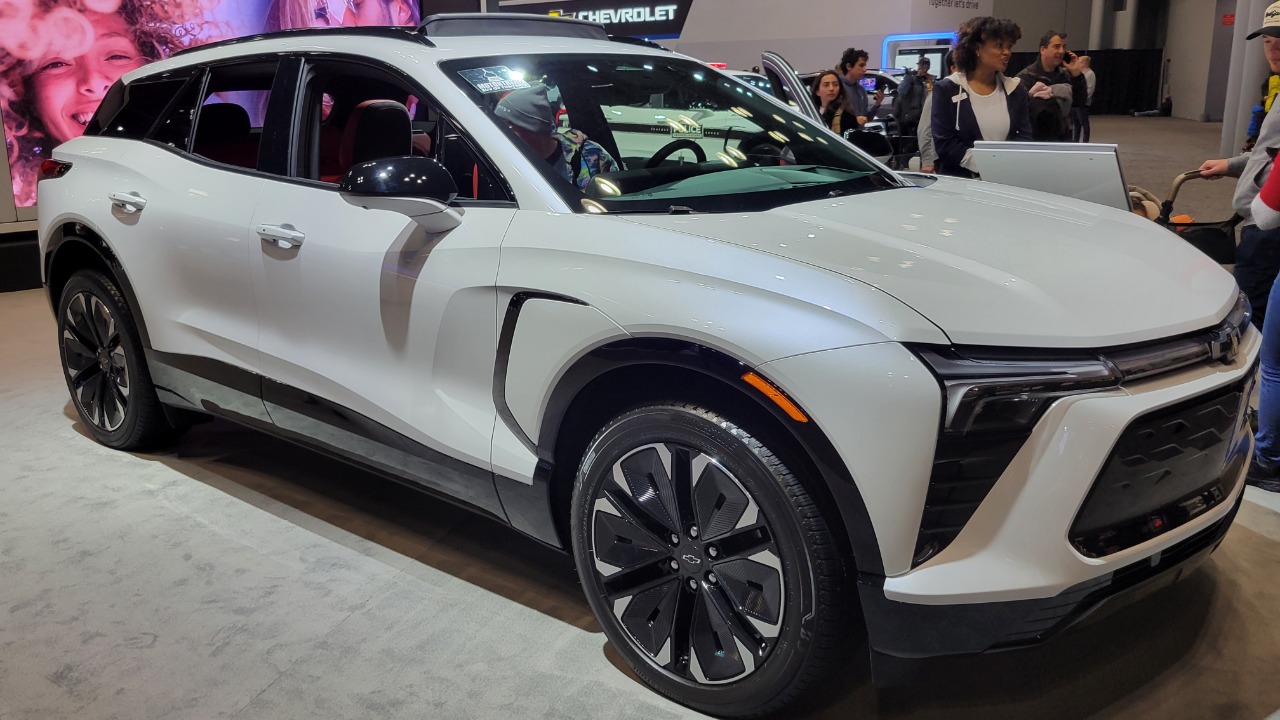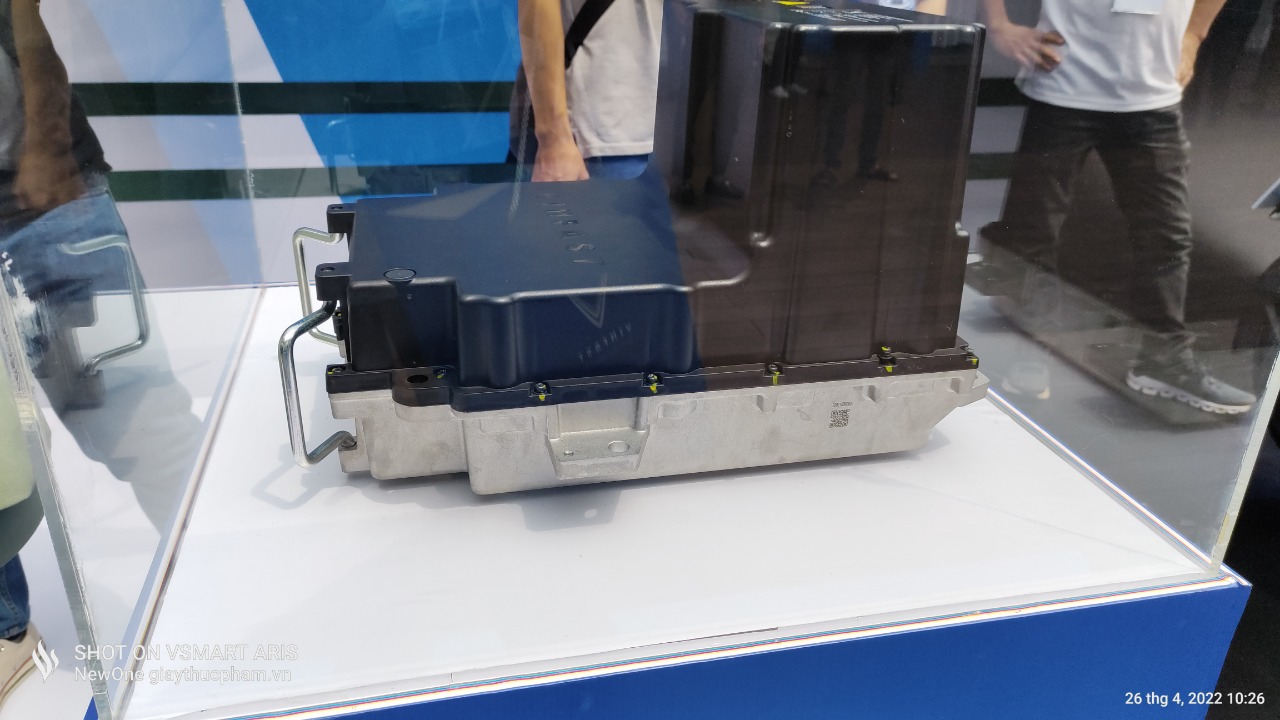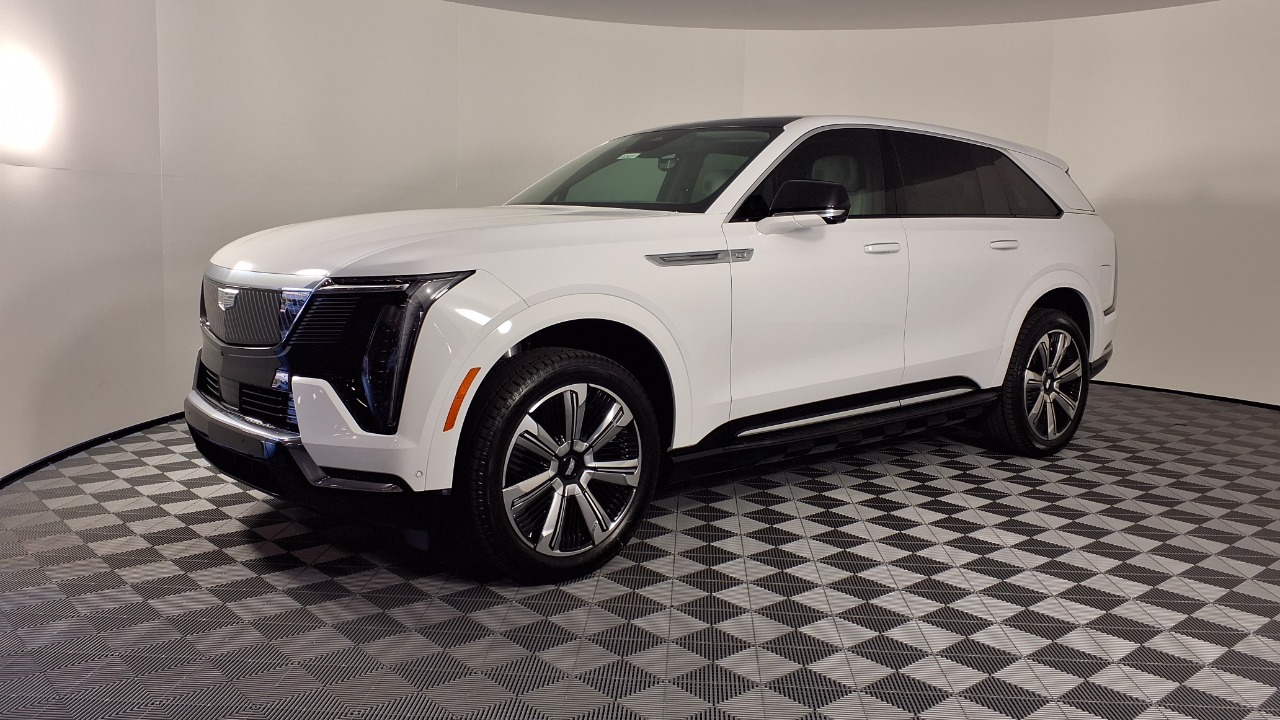
General Motors (GM) is taking significant strides towards making electric vehicles (EVs) more affordable by upgrading its Tennessee Ultium plant for the production of low-cost EV battery cells. This initiative is part of GM’s broader strategy to enhance battery technology and reduce the overall cost of electric vehicles, making them accessible to a wider audience. With advancements in battery chemistry and manufacturing processes, GM is positioning itself as a leader in the transition to sustainable transportation.
The Tennessee Ultium Plant Upgrade

The Tennessee Ultium plant is pivotal to GM’s strategy for expanding its electric vehicle offerings. The Ultium platform, which underpins this initiative, represents a significant leap in GM’s EV lineup due to its modular and flexible architecture. This platform allows for the production of a wide range of vehicles, from compact cars to heavy-duty trucks, all powered by the same battery technology. The planned upgrades to the Tennessee facility will focus on implementing state-of-the-art manufacturing techniques designed to lower the cost of battery production, making EVs more affordable for consumers.
These enhancements will significantly impact production capacity and efficiency at the Tennessee plant. With the integration of new technologies, GM anticipates a substantial increase in battery output, which is expected to meet the growing demand for electric vehicles. The upgrades will not only boost the plant’s production capacity but also improve manufacturing efficiency and cost-effectiveness, further lowering the price point for consumers. By streamlining operations and reducing material costs, GM aims to deliver high-quality, affordable electric vehicles to the mass market.
Advancements in Battery Technology

A key component of GM’s strategy involves the adoption of LFP (Lithium Iron Phosphate) battery chemistry. LFP batteries offer several advantages over traditional battery chemistries, such as nickel-cobalt-manganese (NCM). They are known for their enhanced safety features, longer lifecycle, and reduced cost due to the absence of expensive metals like cobalt. By incorporating LFP technology, GM is able to reduce the overall cost of battery production while maintaining high safety standards, which is crucial for widespread EV adoption.
GM’s commitment to innovation is evident through its research and development partnerships with leading academic institutions and industry leaders. These collaborations are essential in driving advancements in battery technology, enabling GM to stay at the forefront of the EV market. Ongoing research efforts focus on improving battery energy density, reducing charging times, and enhancing overall performance, all of which are critical to the future success of electric mobility.
Economic and Environmental Implications

The economic implications of GM’s initiatives are substantial, particularly for consumers. By reducing the cost of battery production, GM can lower the price of its electric vehicles, making them more accessible to a broader audience. This reduction in price is expected to accelerate EV adoption rates and increase market penetration, as more consumers opt for environmentally friendly alternatives to traditional gasoline-powered vehicles.
From an environmental perspective, increased production of EVs plays a critical role in reducing carbon emissions and decreasing reliance on fossil fuels. As more electric vehicles hit the roads, the environmental benefits become increasingly apparent, contributing to global efforts towards sustainability. GM’s initiative aligns with international goals, such as the Paris Agreement, aimed at mitigating climate change by reducing greenhouse gas emissions. By championing the production of affordable EVs, GM is making a significant contribution to a cleaner, greener future.
GM’s Vision for the Future of Electric Mobility

Looking ahead, GM remains steadfast in its commitment to an all-electric future. The company’s strategic plans include expanding its EV lineup with a diverse range of models that cater to various consumer needs and preferences. By 2035, GM envisions phasing out internal combustion engine vehicles entirely, marking a significant shift towards sustainable transportation.
However, this ambitious vision does not come without its challenges. Scaling production while maintaining affordability poses potential obstacles, as does the need to ensure a reliable supply chain for critical battery materials. Despite these challenges, GM is well-positioned to seize opportunities for innovation and leadership in the rapidly evolving EV market. By investing in cutting-edge technology and fostering strategic partnerships, GM is poised to lead the charge in electric mobility.
Industry Impact and Competitive Landscape

GM’s initiatives are setting a new benchmark within the automotive industry, influencing competitors to reconsider their own strategies for EV development. As a major player in the market, GM’s commitment to affordable, sustainable vehicles is expected to have ripple effects throughout the global automotive landscape. By prioritizing cost-effective battery production, GM is encouraging other manufacturers to innovate and adopt similar practices.
In the competitive landscape, GM’s efforts are compared to those of other automakers like Tesla and Ford, who are also investing heavily in EV battery production. However, GM’s strategic focus on LFP technology and its robust research partnerships provide a distinct competitive edge. As the EV market continues to grow, GM’s comprehensive approach to electrification positions the company as a leader in sustainable transportation, setting the stage for future success.